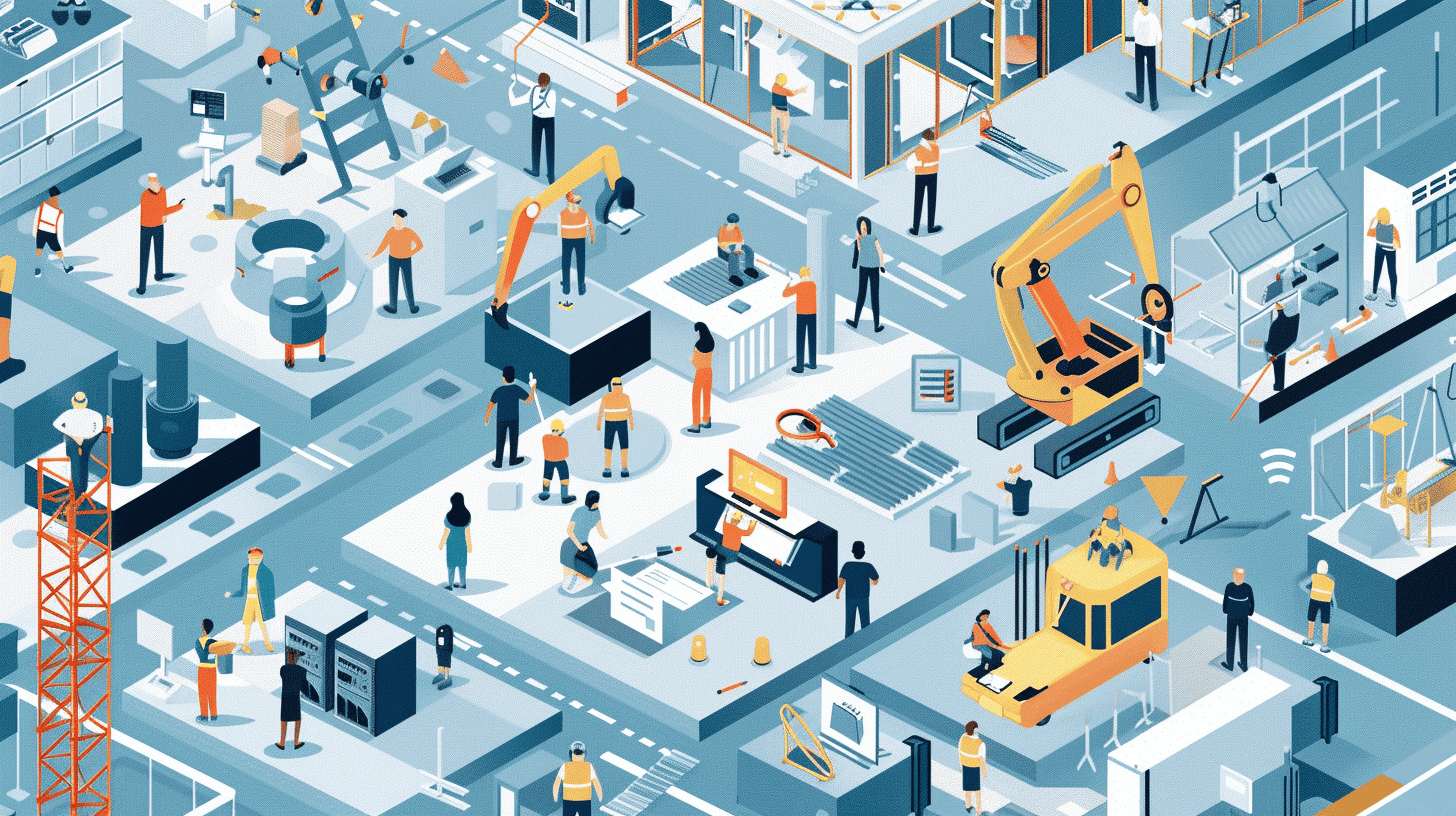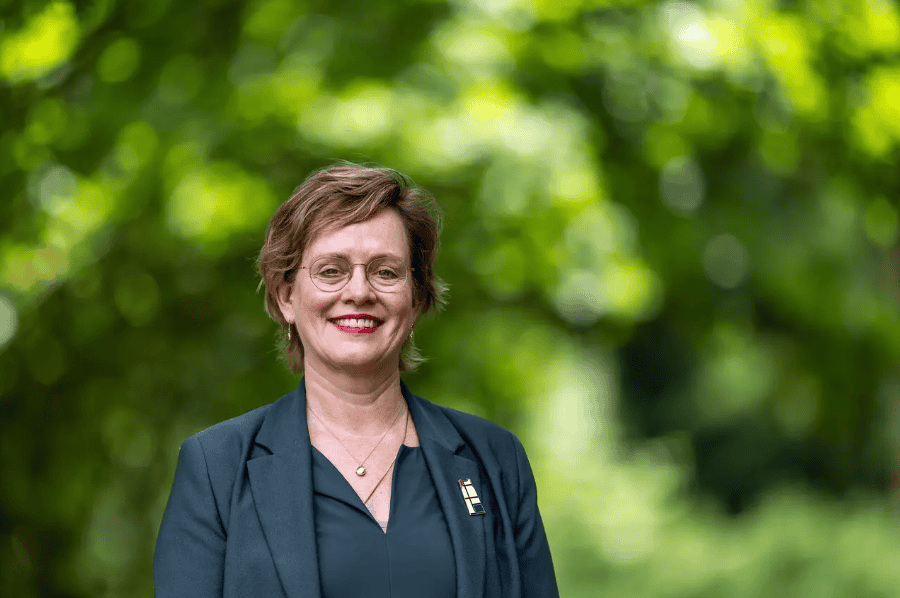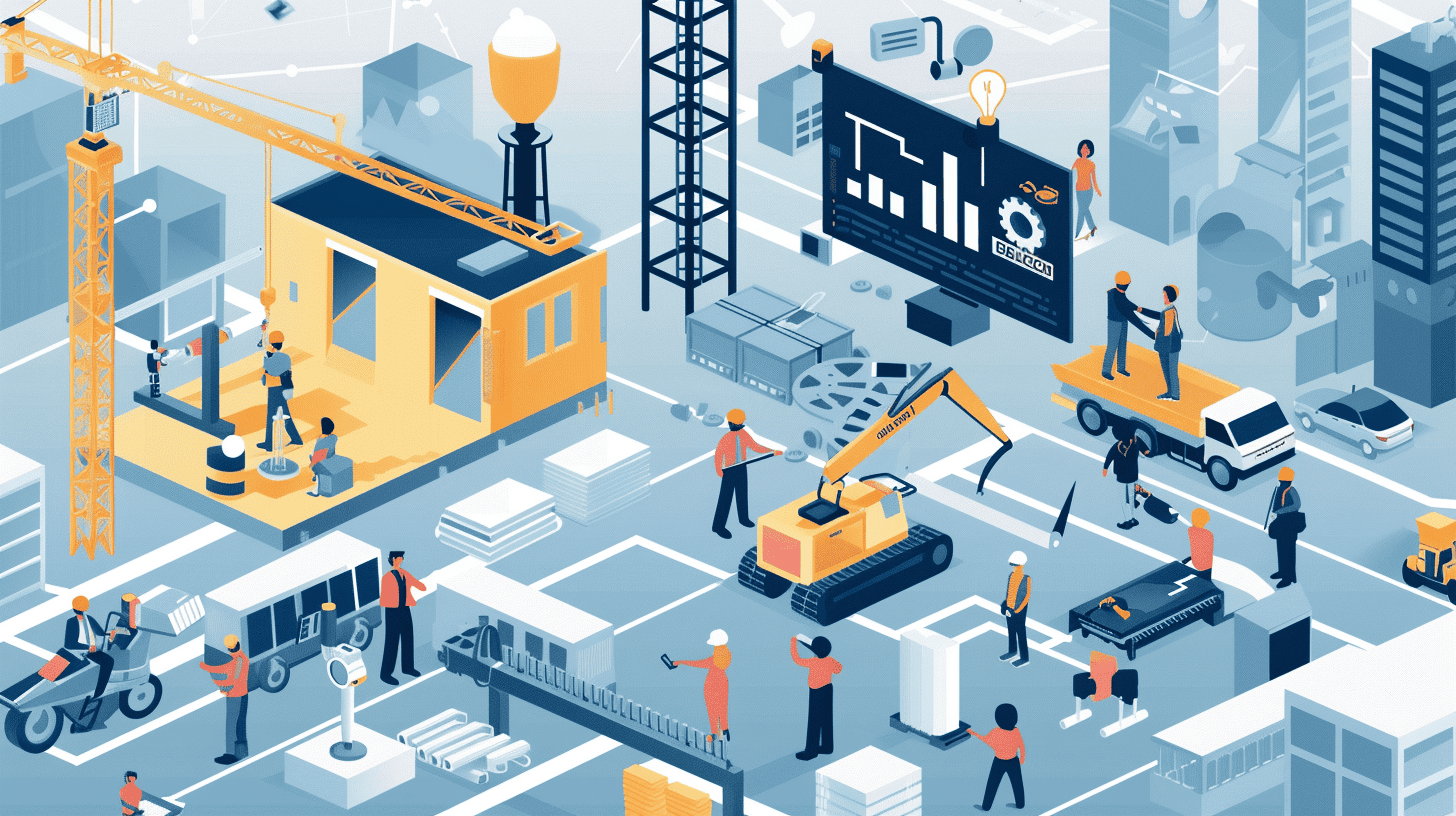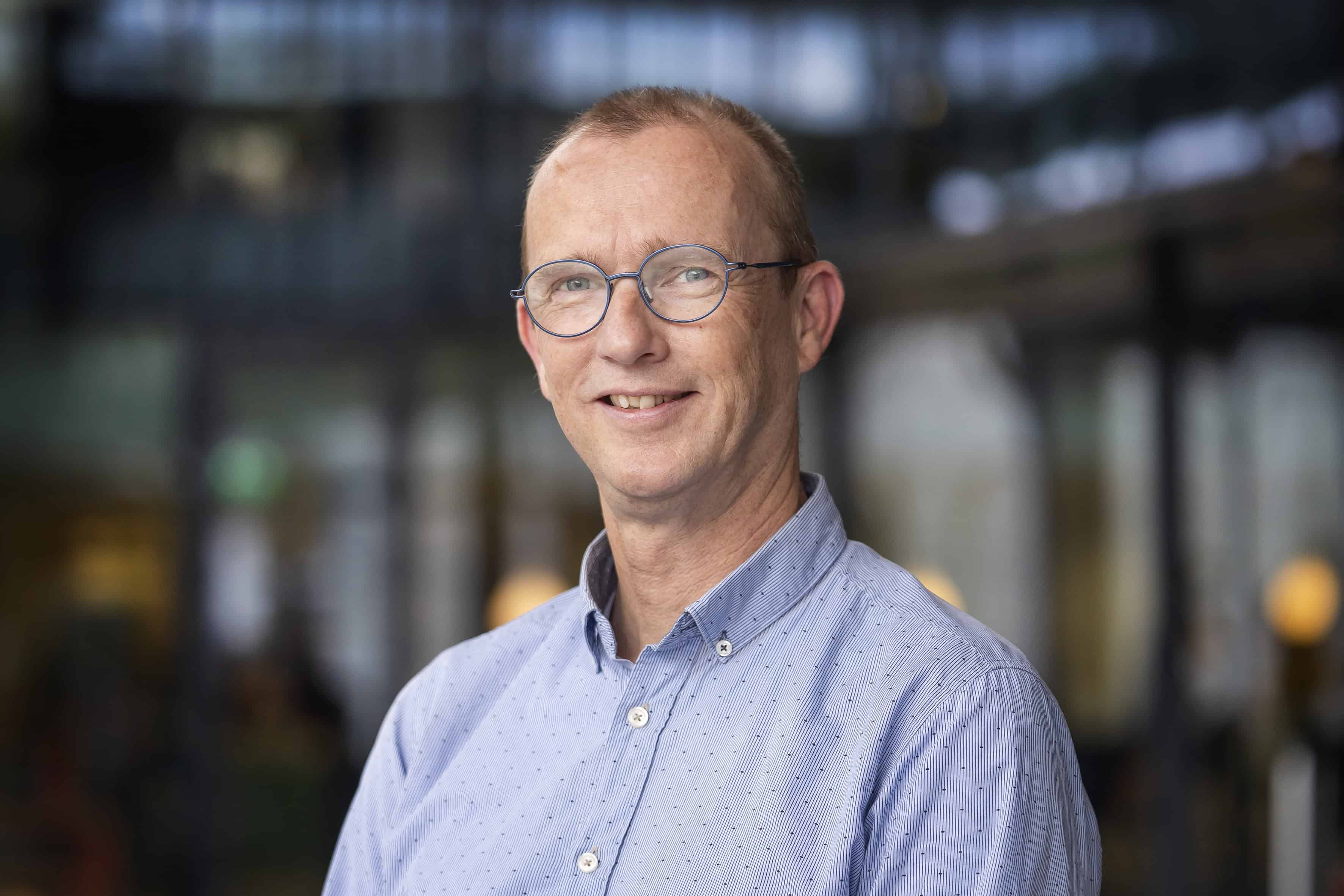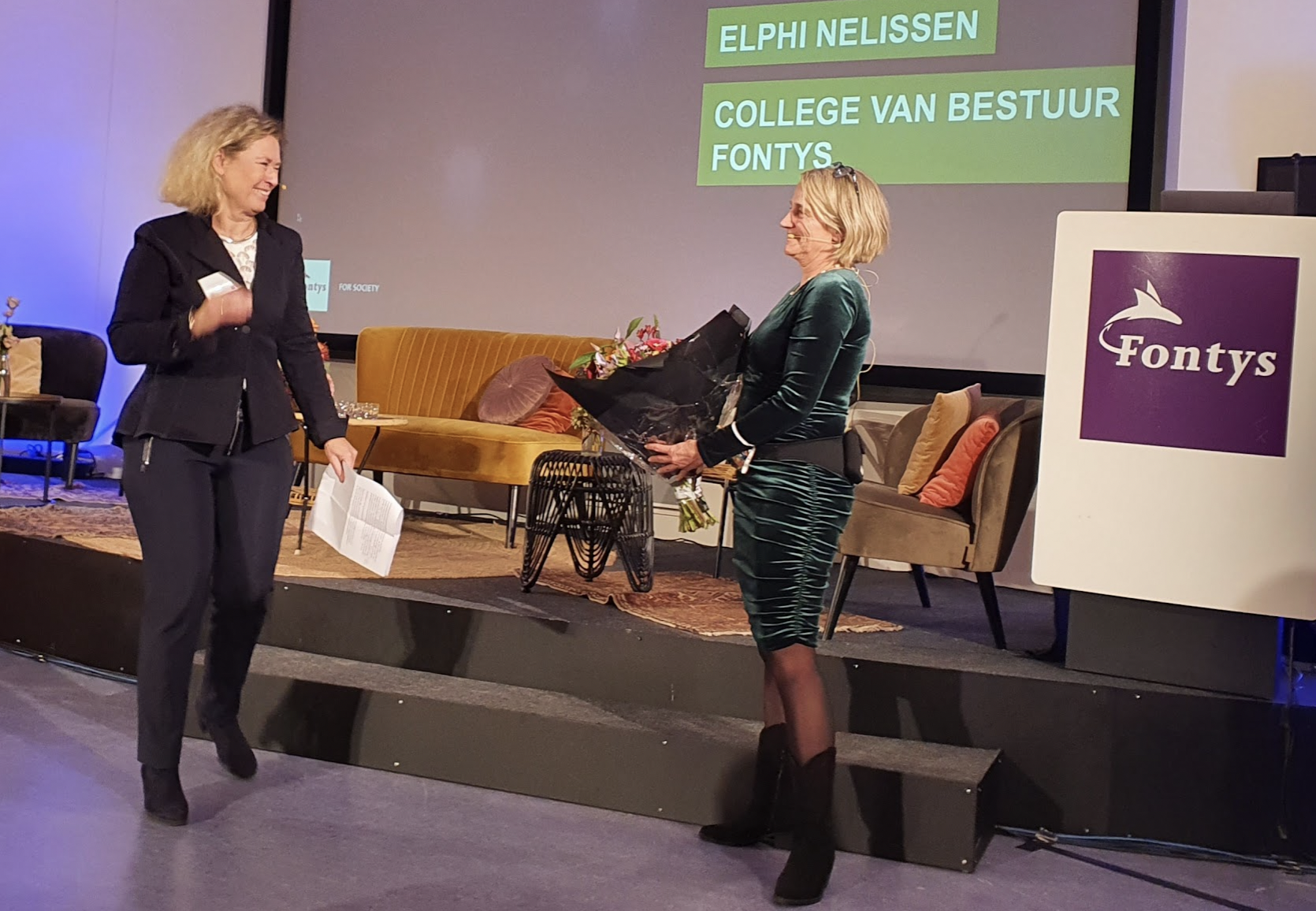
It may sound obvious, but that doesn’t make it any less true: a circular transition is only possible if all the disciplines involved work together. Of course, it will partly come down to technological innovations and yes, it will only succeed if everything remains affordable. But at least as important is the cultural change: we have to change our behavior collectively, ask ourselves what the consequences are for the planet in all our actions. And that is the message that stuck out the most after professor Jifke Sol‘s inauguration speech: we will have to radically change the way we use our economic system, which is now primarily focused on rapid growth and convenience.
In her speech, Friday afternoon at the Fontys University of Applied Science in Eindhoven, professor Sol makes clear not only the necessity of the transition itself but also the contribution that the Fontys Expertise Centre Circular Transition (FECT) wants to make to it. “The existing system of endless, fast, and cheap production and consumption is not sustainable. The ‘tipping point’ is near; without a sustainable transition, we are moving outside the safe zones of livability.”
Fontys for Society
The Fontys Centre of Expertise for Circular Transition fits in with a line that Fontys University for Applied Science is currently showing across the board. With ‘Fontys for Society‘, the institute links its programs to social tasks. “In order to continue to optimally carry out our social mission – to contribute to a sustainable, inclusive and vital society – we must develop into a talent-oriented, research-oriented and agile Fontys.”
Fortunately, Sol sees examples all around of initiatives that want to break through this and are based on closed cycles, value preservation, and thus the creation of a renewable economy. She summarizes them under ‘refuse, repair, reuse, recover, reduce, recycle’. “In short: rethink.” But how do you do that in an environment that is not prepared for it? Sol: “It takes guts, leadership, and perseverance. Radical innovations can only come about if we are able to remove the system barriers. And that’s exactly what we’re going to use the lecturate for.”
Iceberg

To clarify what is needed for this, Sol shows a picture of an iceberg with, above the water, all those visible barriers around procedures, tasks, and functions we all know too well from our normal lives. “But if you look at the bottom of the iceberg, you will encounter other forces: motives, values, convictions, feelings, and sympathies. If you can recognize and activate that undercurrent, you will accelerate the transition.” This won’t happen by itself though. “It can get abrasive and even if you are of good will, you will encounter yourself along the way. It takes a long breath.”
Specifically, Sol’s lectorate wants to train ‘change professionals’ who can start to steer the transition in the right direction. One of the ways to get that done is through a series of ‘living labs’ where students, researchers, entrepreneurs, and government representatives work together to solve a concrete challenge, using input from all the necessary disciplines, such as technicians, economists, and sociologists. The Brainport Smart District in Helmond is an example of this, but there are also labs in Meijerijstad (reducing food waste), De Peel (social innovation in SMEs), Eindhoven (Smart Industry), and Tilburg (reducing textile waste). Recently, the expertise center received one million in funding from NWO-SIA for the living labs.
In addition to the labs, there are various short- and long-term educational programs, research tracks, intervision tracks, and leadership training. All in all, this is supposed to lead to a “learning ecosystem with 100% circular professionals” by 2050.
Experiences

To reinforce the importance of circularity and to prove the interdisciplinarity of the theme, professor Sol had invited five guests who could shed their light on her lecture from different perspectives. In addition, two students and a young entrepreneur were able to share their experiences in the field of the circular transition. Eric van Schagen, CEO at Simac and chairman of VNO-NCW Brabant-Zeeland drew attention to the importance of ‘mainstream and maintenance’: “You can’t change the world with innovation and start-ups alone, so don’t forget to also focus on maintaining and improving what already exists.” In fact, sometimes a decline can be more effective for this than even the most sustainable growth, he reasoned. “An electric car running on 100% green power may be a step forward, but no car at all is even more effective for the environment, of course.” Van Schagen also sees a lot of willingness among entrepreneurs to engage in circular behavior. “But this requires earning power; without a sufficient turnover, there will be no investments in circularity.”
Commissioner Annemarie Spierings of the province of Brabant agreed with the focus on maintenance: “That is also a form of social innovation. There are still too many people who don’t mind throwing things away while they are still usable, whether it’s food or something else. That’s a big issue that unfortunately I don’t have an answer to yet. What is important, in any case, is to work with a group of leaders to ensure that we all start to consider this important. We need a joint search for circular solutions, also with the help of the government.”
A big ‘case’ would help reach that goal, Spierings thinks. “For example, in the construction world.” Director Edwin Schellekens (Brainport Smart District) couldn’t agree more. “Breaking through existing systems, which Jifke Sol talked about, is very complicated. You can feel the enthusiasm and the ideals, but time and again we run up against the system: everything must be cheap, quick, and without risk. What could be really decisive here is if the government helped us a little more in removing the ‘unprofitable top’, the difference between our costs and the consumer’s willingness to pay. For that, a temporary bridging of the gap is needed.”
Showing Entrepreneurship
Elphi Nelissen (member of the Board at Fontys University of Applied Science) and Alice Korsch (Young Professionals Brabant) particularly emphasized young people’s own responsibility in the transition. “Hybrid learning, with tasks within education and business, can be the logical first step,” said Nelissen. “There is only one way to find out how young people can play a role in the circular transition,” Korsch added, “and that is by just asking them, both within and outside of education. That way, they can show entrepreneurship themselves and gain faith in the effect of their actions.”
It led, at the end of an afternoon full of circular ambition, to satisfaction for the new professor. The terms that stuck out to her the most in the process? “The importance of leadership, the collaboration between disciplines, not waiting but just getting started.” So what’s next? “Show guts, start experimenting, and trust your internal compass in doing so.”





